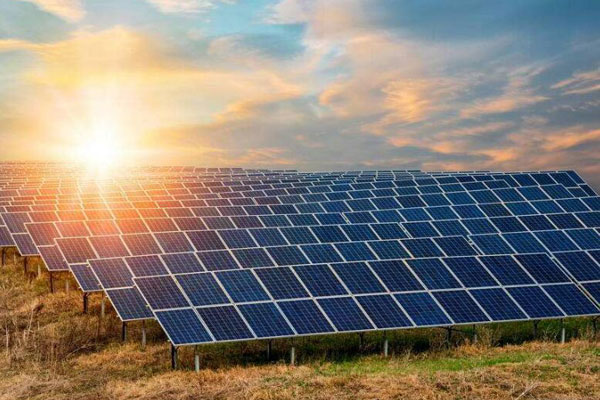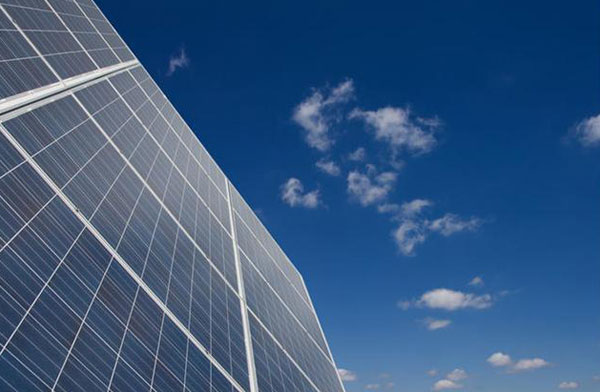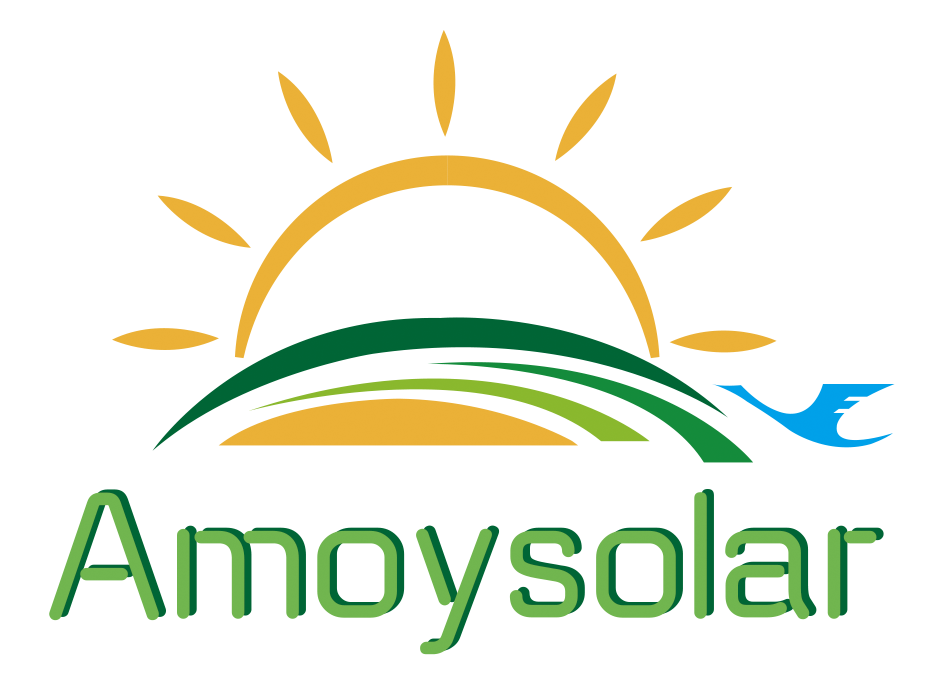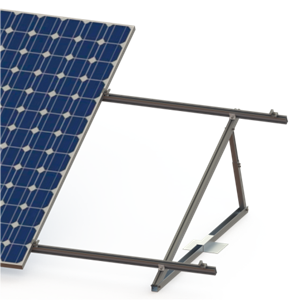Analysis of Solar Photovoltaic Industry Chain
Photovoltaic is the abbreviation of solar photovoltaic power generation system. It is a new type of power generation system that uses the photovoltaic effect of solar cell semiconductor materials to directly convert solar radiation energy into electrical energy. There are two modes of independent operation and grid-connected operation. So what does the entire solar photovoltaic industry chain include?

1. Photovoltaic development stage
The development of the photovoltaic industry has mainly gone through four stages. In the early stage, large-scale commercialization was just launched. The compound annual growth rate of newly installed capacity was 81%, and the growth rate in the growth period (mainly developed in China) was 22%. period just started.
1. Early development period 2004-2010: The compound annual growth rate of new installed capacity reached 81.0%, mainly in European countries. The large-scale industrialization of photovoltaic power generation emerged in Europe in 2004. European countries led by Germany introduced government subsidy policies to promote the large-scale commercialization of the photovoltaic industry.
2. Finishing period 2011-2013: The compound annual growth rate of new installed capacity reaches 12.8%. The European debt crisis has led to European governments beginning to significantly reduce photovoltaic subsidies. The decline in photovoltaic investment yields has led to a decrease in downstream demand, and the rapid expansion of the upstream industry in the early stage has further exacerbated the imbalance between supply and demand. At the same time, the United States and Europe successively launched "double-reverse" investigations on China's photovoltaic industry in 2011 and 2012, which caused a heavy blow to the photovoltaic industry as a whole. In 2012, the global new installed capacity of photovoltaics declined for the first time.
3. Growth period 2014-2018: The compound annual growth rate of new installed capacity reaches 22.1%, mainly in China. In 2012, in order to respond to the US and EU "double reverse" investigations and increase subsidies for photovoltaic applications, China issued the "Twelfth Five-Year Plan for the Development of Solar Power Generation", and in July 2013 officially released the "State Council's Promoting the Healthy Development of the Photovoltaic Industry" "Several Opinions", clarifying the electricity price subsidy standard and subsidy period. So far, China has taken over the baton leading the development of the photovoltaic industry and started the second round of rapid growth of the photovoltaic industry.
4. The parity period 2019-2025: the main development is in the world. With the continuous advancement of photovoltaic technology and cost improvement, photovoltaic power generation has become a clean, low-carbon, and price-competitive form of energy in many countries. Photovoltaics has entered a period of comprehensive price parity, and the global photovoltaic market is expected to start a new round of steady growth.
2. What does the solar photovoltaic industry chain include?
Structure of the photovoltaic industry chain: upstream --- raw materials, equipment, silicon materials (monocrystalline silicon rods, polycrystalline silicon ingots, single-polycrystalline silicon wafers), cell equipment; midstream --- components, single-polycrystalline modules, thin-film photovoltaic modules); downstream --- power generation systems, inverters, power stations (power stations are not suitable for retail investment), details are as follows:
Upstream: metal silicon, polysilicon, silicon wafer, silver paste, PET base film, fluorine film
Midstream: ribbon, photovoltaic glass, cell, EVA, backsheet, sealant, frame, laminate, junction box
Downstream: photovoltaic brackets, inverters, battery components, combiner boxes, batteries, EPC
3. Analysis of solar photovoltaic industry chain
The upstream of the solar photovoltaic industry chain is the production of silicon wafers and crystalline silicon raw materials for solar panels. This industry is a monopoly industry in my country, and can also be divided into crystalline silicon production and crystalline silicon purification. The subsequent processes include production of silicon wafers, cutting of silicon wafers, and texturing of silicon wafers (to improve the absorption of light by batteries), etc.
The middle reaches of the solar photovoltaic industry chain start with the production of crystalline silicon cells, and processing crystalline silicon into cells is the core step to realize photoelectric conversion. In my country, the application of crystalline silicon (single crystal, polycrystalline) photovoltaic modules accounts for more than 95% of the market. Then there is the production of battery components. The assembly of cells into battery components is a labor-intensive industry and the end of the middle reaches of the photovoltaic industry chain.
The downstream of the solar photovoltaic industry chain is the application of photovoltaic systems, including centralized photovoltaic power plants, distributed household photovoltaics, photovoltaic street lights, photovoltaic traffic lights, "photovoltaic +" and other photovoltaic applications. This link is relatively well known in the photovoltaic industry chain.
4. The Prospect of Solar Photovoltaic Industry
The compound growth rate of the global photovoltaic market will reach 34% in the next five years. In terms of policies, according to EPIA forecasts, India is expected to become the world's second largest photovoltaic market in the next five years, with nearly 90GW of new installed capacity between 2019 and 2023. In the next five years, the compound growth rates of the PV markets in India, Australia, Mexico and Pakistan will reach 34%, 29%, 40% and 37% respectively. In 2023, the cumulative installed capacity will reach more than 1000GW, and the year-on-year growth rate will be more than 15% in the next five years. With the support of the national renewable energy development policy, there is relatively large room for industrial development.

In the current development of the solar photovoltaic industry chain, the profits of midstream module production and downstream system applications have been minimized by market competition. If there is still room for price decline in the photovoltaic industry in the future, only upstream crystalline silicon production will exist. relatively large profits. However, how the market develops still requires market regulation. The production of upstream crystalline silicon is the foundation of the photovoltaic industry chain. If profits are to be adjusted, according to analysis by industry insiders, a buffering process is required.




